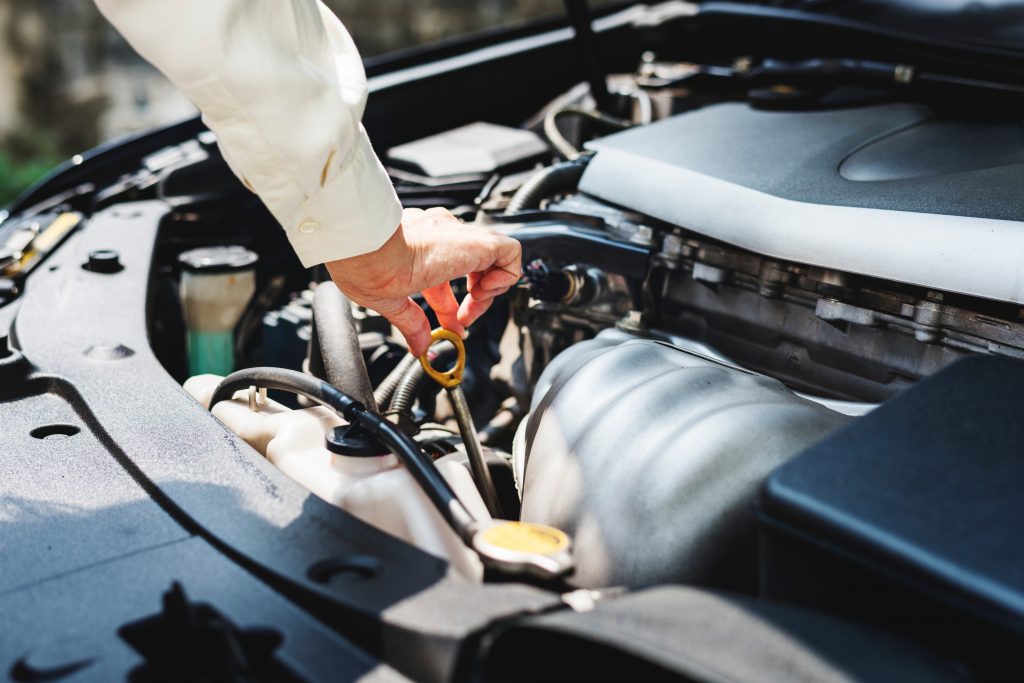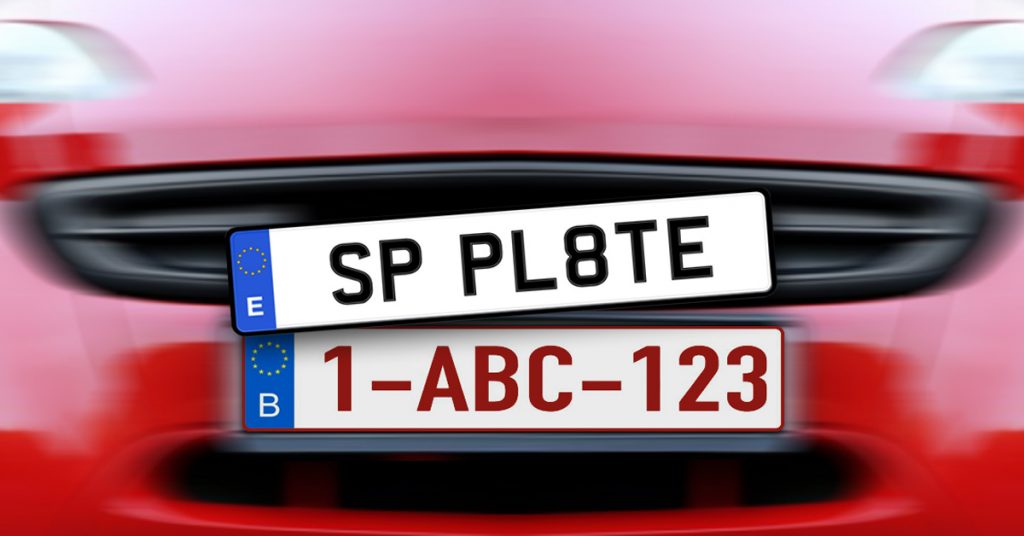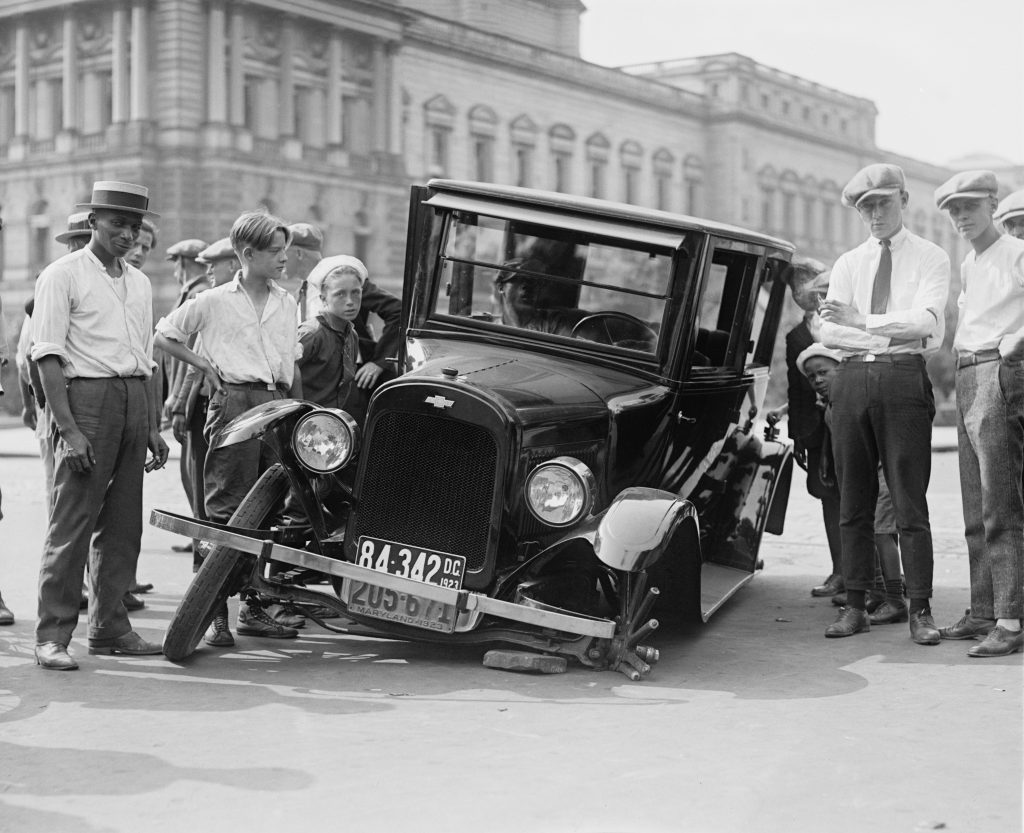Step-by-step plan to import a Belgian car to Spain, including tips and cost estimate
Complete: cottage, garden,...?
Little car!
Granted, the bulk of Gold Estates' apartments and homes are within spitting distance of that lovely Mediterranean Sea. So you can feel free to trudge toward the beach with your frigobox and folding chair at your thousandth convenience. You don't believe us? Discover it for yourself!
But as soon as you want to take day trips on the Costa Blanca or Costa del Sol, a car is quite handy. Certainly those who buy a (second) home may prefer to trudge around in their trusty four-wheeler under the Spanish sun.

Basically, it doesn't make much difference whether you are going to live in Spain permanently or spend parts of the year there. In either case, you can import your car, although in some cases there are some conditions attached.
You may already be getting dolor de cabeza (headache) just thinking about the Spanish bureaucracy you have to overcome to import your car from Belgium to Spain. Rest assured, it's not all that bad. And especially with the roadmap we outlined.
1/ Get your car inspected

First of all, you should take your car to an ITV orte Inspección Técnica de Vehículos garage . The inspection, so to speak.
The first time you will need to make an appointment at the garage by phone. Once registered, you can also use your Spanish license plate to book an appointment online or stop by the mobile ITV booths that pop up here and there.
Caution: tell the garage right away that it is for an inspection for import. In fact, it differs from an ordinary inspection.
The Spanish inspection is not off the hook. Certainly deviations from the car take a thorough look at the Spaniards. Think towing hooks, bull- and pushbars, blacked-out windows and custom exhausts.
Normally, the inspection will prepare a technical description of your car in Spanish. In exceptional cases, as is possible with those anomalies, you should have a Spanish engineer do it.
With any luck, you will get the right papers right away. If not, pick them up a few days later. You will also receive a sticker to stick on the windshield. On it is the deadline for the next inspection. Older cars obviously need to go by more often than new ones.
2/ Pay road tax
If you have successfully completed point one, then at least your vehicle has been approved for Spanish roads. But before you can cart around there, you have to pay road tax.
The road tax is called in Spanish - take a breath - impuesto de circulación sobre vehiculos de tracción mecánica. In Spain, it is a local authority, which means you pay it at the tax office (Suma) of the municipality where you live. The sum payable depends from place to place.
The first time, it is best to pass it to pay. After that, you can easily set up a direct debit. The big advantage is that the road tax in Spain is a lot lower than in Belgium.
3/ Pay registration tax
The registration tax is a tax on every car registered for the first time in Spain. If a Spaniard buys a vehicle, he will also pay registration tax on it. The same is true if you import a car from Belgium - in that case it is actually an import tax. Unless - and this can be important and save you a lot of money - you fall under the exemption. More on that a little later.
For the registration tax(impuesto de matriculación) , you must go to the Spanish tax office Hacienda. The officials there determine the rate based on all sorts of tables and complicated calculations. It depends on model, year of manufacture, CO2 emissions and the type of fuel your car runs on, among other things. Then you will be given a paper that you must use to go to the bank to pay. With the receipt, you then run back to Hacienda.
Sometimes, as for example in Benidorm, there is a bank next to the Hacienda building. Tackle it smartly and you can reel it all in at once. Then keep in mind that the bank sometimes closes early. As always in the boxing match with the Spanish bureaucracy, you better come into the ring equipped and prepared.
You may simply forget all of the above if you move to Spain, become a resident there and meet certain conditions:
1)You have lived outside Spain for the last 12 months, in other words, you are just moving to the land of eternal sunshine.
2)The car has been yours for six months, in other words, you did not buy it recently.
3)The car has never enjoyed any other tax exemption before, in other words, taxes have been bravely paid on it.
4)The car has a minimum of 6000 kilometers on the odometer.
5)You register with a Spanish municipality.
6)You do not rent or sell the car in the year following its importation.
7)You must jump through a burning hoop with the car.
We may have made that last one up, but other than that, if you comply with the rules, you don't pay registration tax.
4/ Apply for a Spanish license plate

To do this, you must visit the provincial traffic department. In Spanish: the Dirección General de Tráfico. Be sure to bring your original NIE document - a copy will not suffice. Unlike Hacienda, the county traffic department does allow card payments.
5/ Take out insurance

Now that you have all the necessary information, you can purchase auto insurance. As in Belgium, you choose WA (third-party liability, the basic insurance), WA Plus or All Risk. You cannot obtain insurance for a car with a Spanish license plate from a non-Spanish insurer. Policies are almost always cheaper in Spain than in Belgium - up to half the price. Examples of Spanish insurers include Linea Directa and Mapfre.
6/ Have Spanish license plates made
Screw them to your car and just drive.

Who can or should import a car from Belgium to Spain?
As a tax resident of Spain, you cannot continue to drive around with Belgian license plates. Non-residents must register their car in Spain if they stay in Spain for more than six consecutive months.
Even if you do not fall under those conditions, you can still import a car to Spain. Anyone with an NIE number can do that. It does not matter whether you live permanently in Spain or divide your time between Belgium and Spain.
In practice, you can register a car in Spain if you are 1/Spanish citizen, 2/a property in Spain or 3/a long-term lease in your name.
Tips for importing a car into Spain
>>The fortress of the Spanish bureaucracy is always standing tall. So be patient and assume that it may take a while to get everything right. If you need to go to another city for checks or papers, make it a trip right away. That dampens the frustration.

>>The whole procedure is much easier to go through if you are proficient in the Spanish language. In the garage and in many government institutions, the knowledge of English is nil. If necessary, take a Spanish friend with you to make everything go a little more smoothly.
>>Take all papers with you, including the ones you don't think you'll need. Think passport or identity card, proof of registration in the municipality, driver's license, car papers, export declaration, NIE number, technical description from a Spanish engineer, inspection certificate from ITV, proof of payment of road tax, and so on. Also make enough copies of everything so that you can leave the necessary paper materials if officials ask for them.
>>Always bring original papers with your NIE number on them. A copy of this will not suffice.
>>If your license plate in Belgium is going to expire soon, you can apply for a temporary Spanish license plate when you move. This placa verde allows you to drive around for 60 days while waiting for your permanent license plate.
>>For caravans or motorcycles with capacity over 49cc, the same procedure applies as for cars. Less heavy motorcycles are considered part of personal property; you can take them to Spain without fuss.
What does it cost to import a car into Spain?
To this we cannot give an unequivocal answer. In fact, it depends on a lot of factors. Below we do our best to outline as accurate a cost estimate as possible:
>>The first inspection for importation is more expensive than those that follow later. Expect about 90 to 110 euros for the first inspection, 40 to 50 for subsequent ones.
>>If you need to have your car technically described, you will spend about 80 euros.
>>Each municipality sets its own road tax rate. It will generally be lower in Spain than in Belgium. A good guide price is about 50 euros per year.
>>The registration tax is usually 12 percent of the car's value, but other rates apply to lower- or higher-emission cars. On very environmentally friendly cars, you pay nothing at all. The same is true if you meet the conditions we described in item 3.
>>For the one-time application of license plates, you will count 95 euros.
>>The creation of license plates costs about 20 euros for two copies (front and rear).
>>Insurance is usually cheaper in Spain than in Belgium. The rate depends not only on several factors (your age, how long you have a driver's license, how often you use the car and where you park it, the year of construction of the car) but also on the company and the formula you choose. Some insurance companies give discounts of up to 60 percent if you can prove that you have been claim-free in Belgium for some time.










